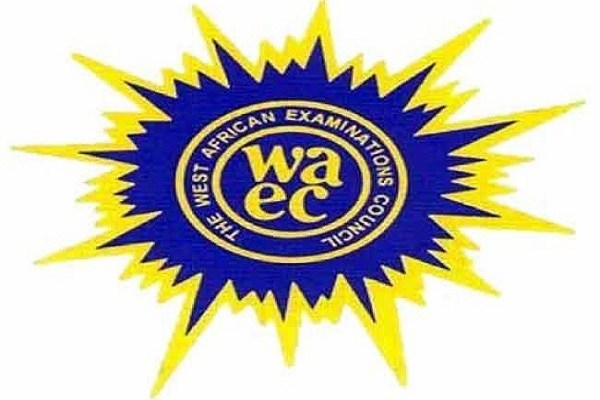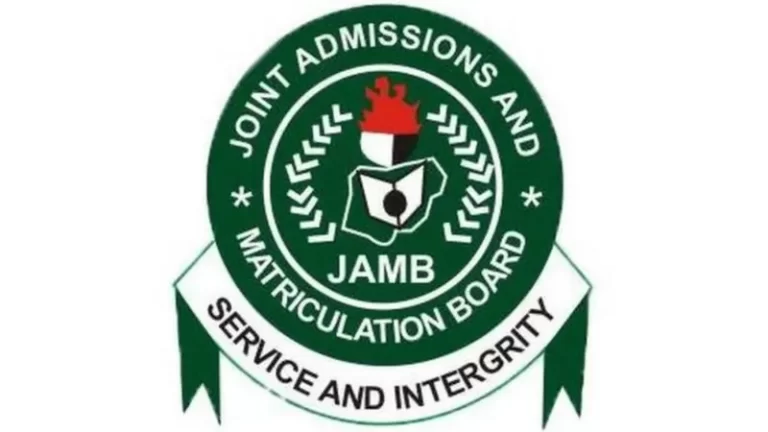Waec

(8)
(i) Ethnically based Federal Regions, with uneven size and power:
The first structural weakness which set the First Republic in Nigeria for political crisis was its ethnically- based federal regions and the asymmetry in size and power between them. Upon independence, Nigeria was composed of three federating regions: Northern, Eastern and Western regions. (Later in 1963 a new region, the Mid-West, was carved out of the West following a crisis in that region). Each of the regions was dominated by one of the country’s three largest ethnic groups: Hausa-Fulani in the North, Yoruba in the West and Igbo in the East. This arrangement presided over by the dominant ethnic groups placed minorities at a considerable disadvantage in the competition for jobs and resources at the regional level.
(ii) Ethno-Regional Political Parties:
The second structural weakness which afflicted the First Republic was the emotive association between political party and ethno- regional identity. This meant politics largely “revolved around ethnic-based regional…parties”. Reflecting the tripodal ethnic balance, three parties bestrode the political scene like titans and thus shaped the destiny of the First Republic: Northern People’s Congress (NPC), the Action Group (AG), and the National Council of Nigerian Citizens (NCNC). All three parties originally emerged out of ethno-cultural associations: NPC from Jam’iyar Mutanen Arewa (Association of Peoples of the North) AG from Egbe omo Oduduwa (Society for the Descendants of Oduduwa.
(iii) The political alignment which formed after the 1959 election:
It can be argued that the political constellation which emerged after the 1959 election was the most potent of the young republic’s structural weaknesses. It had huge impacts on the stability of the soon to be an independent nation. The North-South governing coalition between the NPC and the NCNC, variously described as “unnatural”, a coalition of “strange bedfellows”, only accentuated the republic’s structural imbalances. On immediate observations, it was certainly a partnership of unequal – with the NPC being by far the more powerful of the two governing parties. This meant the NCNC was always acutely sensitive to the tenuousness of its share of power.
(iv) The fear of ethnic domination:
The last and deepest of the structural weaknesses was the fear of ethnic domination which pervaded the politics of the First Republic. The Yorubas and Igbos in the two southern regions feared that the Hausa-Fulanis would use the North’s demographic preponderance to perpetuate northern hegemony and monopolise federal resources for their region; Hausa-Fulanis, in turn, feared that in an open contest, the Yorubas and Igbos, being the more educated, would dominate the political and economic structures of the federation.
(v) The disintegration of the AG, 1962-63:
The collapse of the AG’s political power between 1962 and 1963 produced far-reaching effects. The crisis that engulfed the party stemmed from its “staggering defeat” in 1959. It had been ‘relegated’ to the opposition. The NCNC had made impressive inroads into its regional heartland, securing for itself 21 seats in the AG’s political turf by exploiting minority discontent within the Western Region.
(3)
(i)Each Igbo village was seen as a political unit inhabited by related families who were bounded by common beliefs and origin. Each family head in the village held the ‘Ofo‘ title and altogether formed the council of elders.
(iii)Among the council of elders, one was recognized as the most senior to others. He was the ‘Okpara‘. He could call for and adjourn a meeting, and could also give judgements as well.
(iii)the age-grade. The age-grade consisted of youngsters that belong to the same age-group. The senior age-group maintained peace and order in the village and also provided security to ward off external attacks, while the junior age-group concentrated on the sanitation of the community and other necessary duties.
(iv)the ‘Ozo‘ title holders. This expensive title was conferred on wealthy and influential men in the community who after getting the title become recognized and could then preside over meetings with the village elders.
(v)they were believed to be the mouthpiece of the gods e.g. Aro’s long juju. Even the council of elders consulted the priests on matters that were beyond their powers i.e. matters that needed spiritual intervention.
=======================
(2)
(i) Subsistence and Commercial Activities: Agriculture is the main economic activity. Grain is the staple diet, including Guinea corn, millet, maize, and rice. The Hausa also grow and eat root crops and a variety of vegetables. Cotton and peanuts are processed and used locally, but part of the harvest is exported. The Hausa practice intercropping and double-cropping; their main implement is the hoe.
(ii) Industrial Arts: There are full-time specialists only where there is an assured market for craft products. Men’s crafts include tanning, leatherworking, saddling, weaving, dying, woodworking, and smithing. Iron has been mined, smelted, and worked as far back as there are Hausa traditions.
(iii) Trade: Trade is complicated and varied. Some traders deal in a particular market, as distinguished from those who trade in many markets over a long distance. This dual trade strategy, augmented by the contributions of the Cattle Fulani, enabled the Hausa to meet all of their requirements, even during the nineteenth century.
(iv) Division of Labor: Hausa society traditionally observes several divisions of labor: in public administration, it is primarily men who may be appointed, although some women hold appointed positions in the palace. Class determines what sort of work one might do, and gender determines work roles. When women engage in income-producing activities, they may keep what they earn
(v) Land Tenure: The rural householder farms with his sons’ help; from the old farm, he allocates to them small plots, which he enlarges as they mature. New family fields are cleared from the bush.
=============================
(6)
(i)Constant war and conflict; Before the entry of the British into the country, the citizens enjoyed what can be described as a prevailing sense of harmony. However, when the country was overrun in the name of imperialism, it marked the beginning of conflict and war. These conflicts were largely fueled by the colonizers in a well-thought divide and rule strategy. The colonial rule, therefore, disrupted the country’s peace and economic for quite some time.
(ii)Economic dependence and resource exploitation; While colonialism brought infrastructural and technological development to Nigeria, it was also a form of extreme exploitation. The basic idea behind colonization had aspects of economic dependency baked right into it. The British took the country’s resources, land and mineral included, leaving the natives dependent on them to generate funds.
(iii)Loss of culture and identity; When the colonialists took over the country’s rule during the colonial era, the natives suffered a massive culture and identity loss. The British brought and imposed their culture, language, behaviour, beliefs, and other ways of life on the Nigerians. This then led to the natives abandoning some of their customs and culture in favour of those brought by the colonizers.
(iv)Loss of land; One of the biggest reasons for British colonialism in Nigeria was the abundant resources. The British needed the land to create massive plantations for their economic gain. When they got into the country, the colonialists forcefully grabbed land from the natives. This left most natives in colonial Nigeria with little or no land both at individual and community levels.
(v)Slave trade and humiliation; the introduction of colonialism into Nigeria, the twisted idea of the slave trade followed suit. At the time, the colonial masters needed slaves to work in their home countries or in the colonies. Additionally, imperialism reduced the status and prestige accorded to Nigerian leaders.
(vi)Introduction of money currencies: In pre-colonial Nigeria, the prevalent form of business was barter trade. This involved the exchange of goods with other goods, a system ridden with numerous challenges. The colonialists then introduced money currencies, making it easier to trade and do business. In 1912, the British introduced the first silver coins in the country. Around the same time, the West African Currency Board was created. Besides the money currency, the British also introduced the banking system in Nigeria, further simplifying trade in the country.
RECOMMENDED TOPICS
- JAMB 2025 UTME/DE registration document – step-by-step on how to apply for UTME and DE

- JAMB postpones 2025 UTME Registration to February 3rd

- JAMB Officially Announces 2025 UTME Registration, Exam, Mock Dates, Cost and Important Details

- The official reading novel for Jamb 2025 is Lekki Headmaster

- Subjects for Computer Science in JAMB for Guaranteed Success


